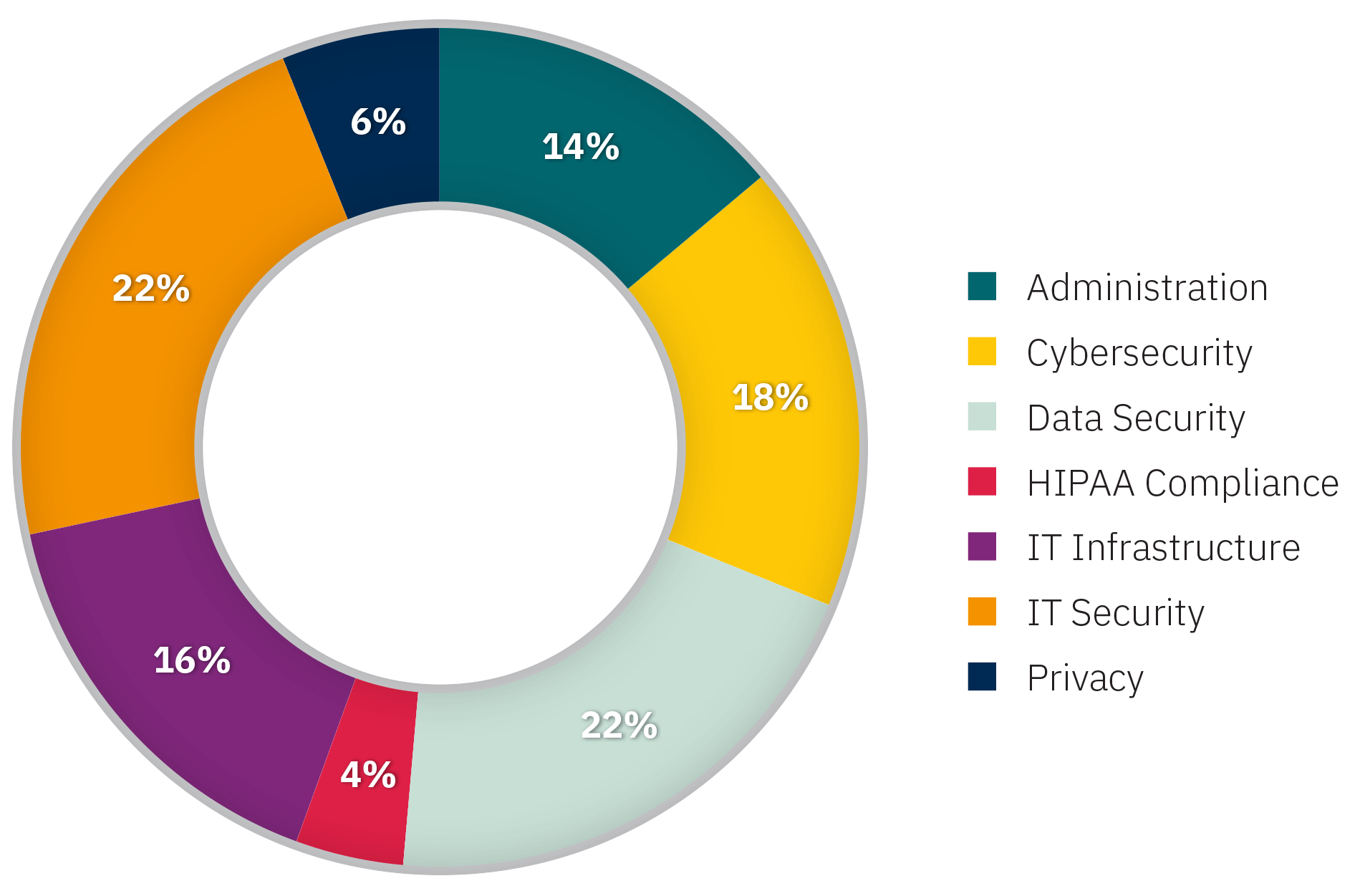Our privacy policy is located here.
The COVID-19 pandemic accelerated digital transformation within the healthcare industry, from the adoption of telehealth to implementing remote workforce policies in an attempt to keep individuals safe from the virus. As a result, healthcare organizations had to adapt to the unprecedented challenges associated with remote services and keep up with the rise in cyber threats and comply with healthcare regulations. Pondurance commissioned Xtelligent Healthcare Media to survey IT, cybersecurity, and privacy professionals in hospitals to further understand the cybersecurity challenges and needs hospitals face in a digital world.
Together, Pondurance and Xtelligent reviewed the responses of 50 professionals across a variety of hospitals, and our research found that these professionals have a deep insight into the security and privacy challenges at their respective organizations.
